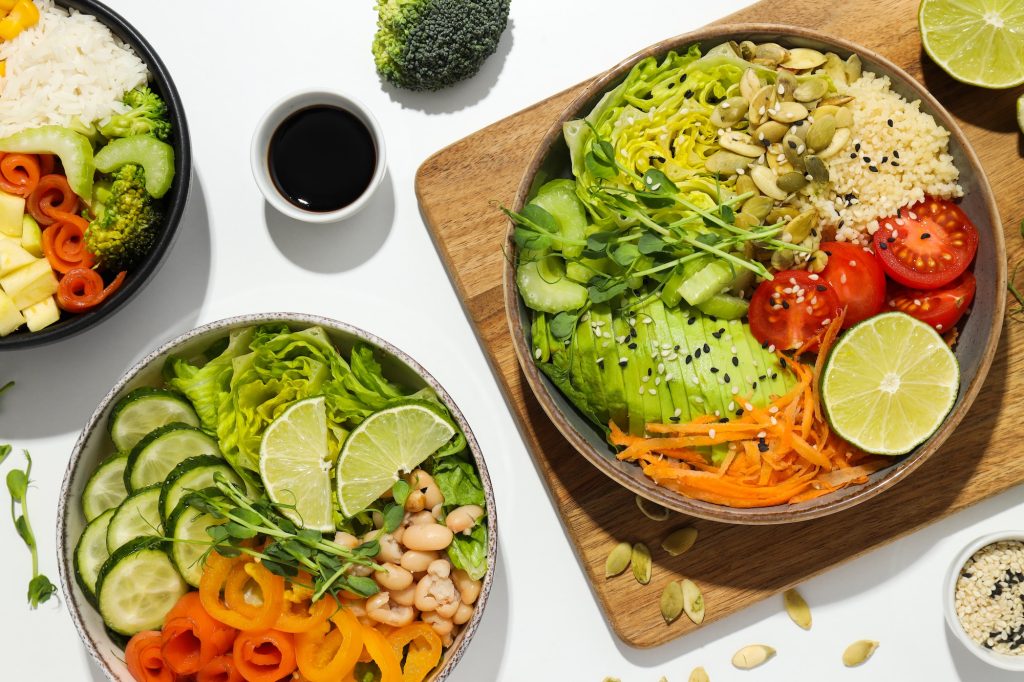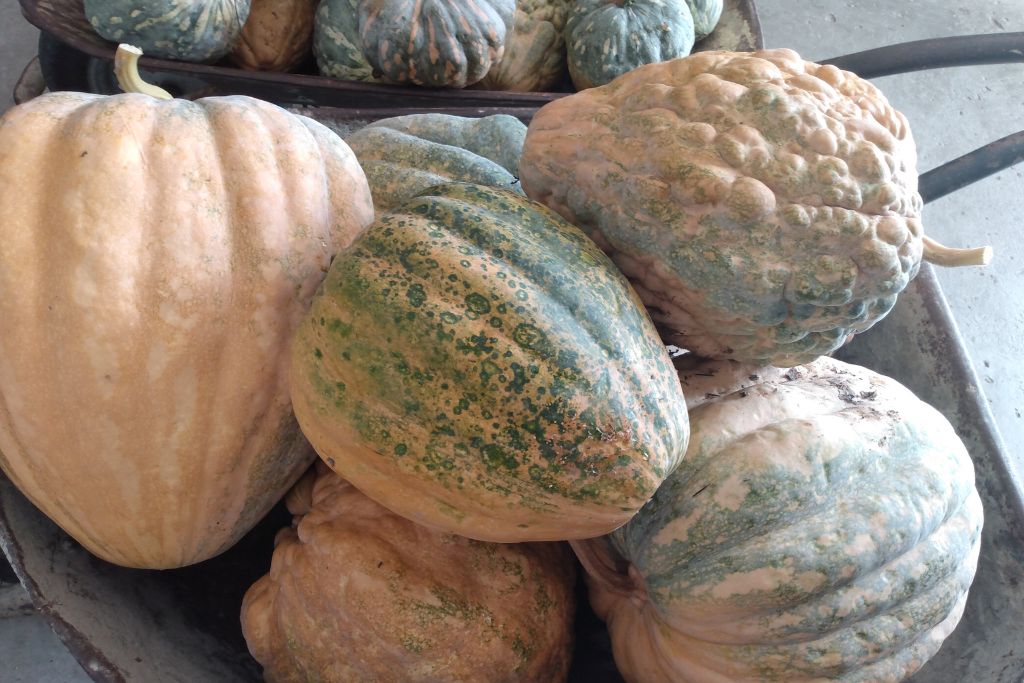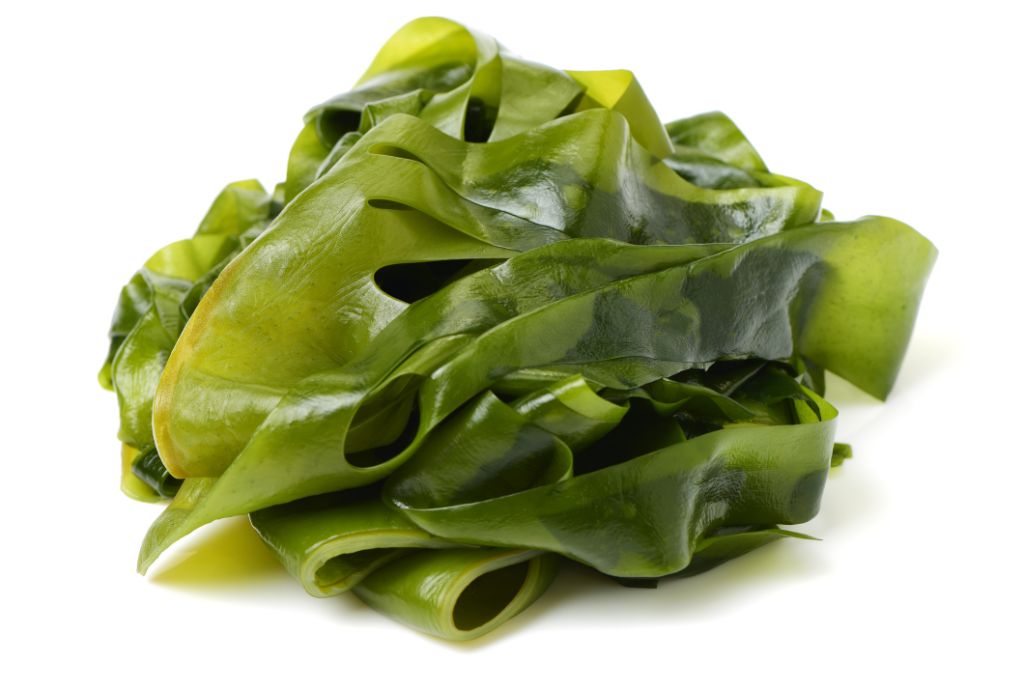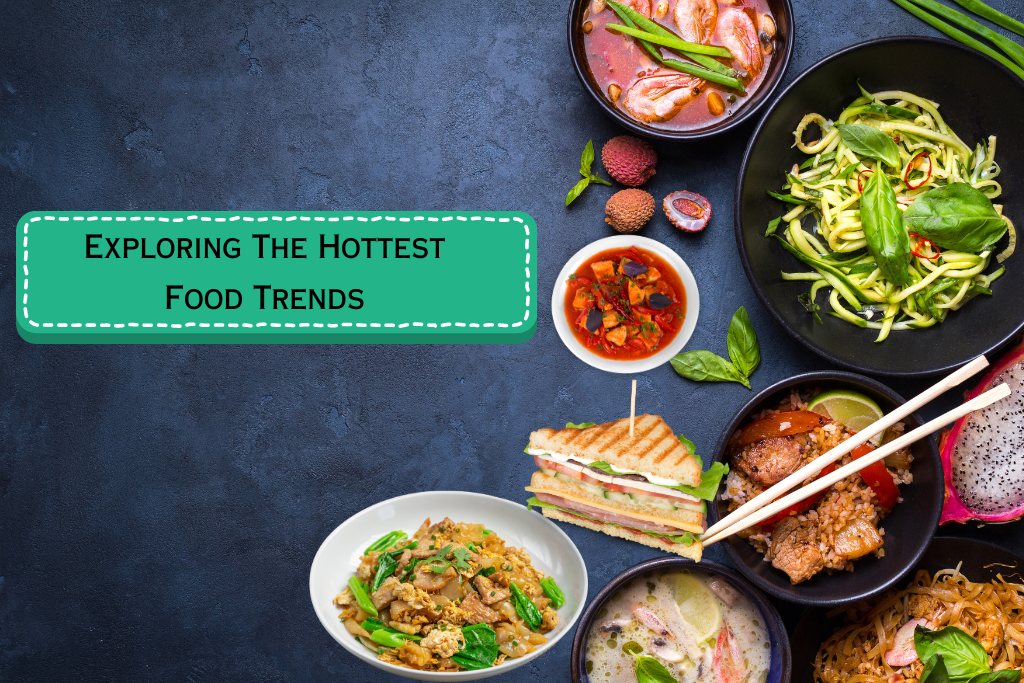Millennials continue to shy away from consuming meat that comes from animals, which has contributed to the rise in popularity of alternatives that are derived from plants. These goods are generally better for your health and come from a source of production that is more ethically commendable than their traditionally manufactured counterparts, which means that you should consider purchasing them. While whipped cheese remains the most popular topic on social media, chocolate is making its way onto charcuterie boards as a sweet compliment to salty ingredients. In addition, hearty flavors like spicy maple, coconut curry, and Caribbean spices are on the rise in popularity. These flavors include things like, for example.

Plant-Based Meats
Plant-based meats are becoming more common as a result of significant infusions of capital into plant-based protein companies, as well as consumer tailwinds. These products are being offered at grocery stores, restaurants, and fast-food joints. From shockingly tasty chicken nugget alternatives to flavorful faux deli meats and juicy vegan burgers, consumers are experimenting with a variety of meatless options.

Because these products are aimed at replicating the texture and taste of meat, manufacturers are working hard to make them look and taste as authentic as possible. They use copious amounts of spices and seasonings, natural food coloring additives like Cartagena and methyl cellulose, yeast extracts, and other flavor enhancers to achieve their goal of resembling the real deal.
These products are also touted as being more sustainable than meat, reducing environmental impacts and the suffering of animals. However, plant-based foods tend to be higher in sodium and fat than traditional meats and should be viewed as an occasional treat rather than an everyday staple.
Natural Taste Enhancers
Increasingly, consumers are seeking foods that are healthy and natural. With that in mind, look for clean-label ingredients such as herbs, spices, and even flowers to make a comeback.
Another flavorful trend that’s becoming increasingly popular is savory umami. To achieve these flavors, food products also contain yeast extracts and hydrolyzed plant and vegetable proteins. These can give meaty notes to dishes without using actual meat, reducing costs and enhancing vegetarian options.

Flavored oils are also on the rise. Peppery and earthy olive oil is a delicious addition to salad dressings, while infused honey adds richness to baked goods. Herbal extracts, such as elder flower and lavender, also offer a sweeter alternative to sugar in beverages. You can learn more about these and other trends from world-class chefs at cooking classes in Napa, NYC, or in the comfort of your kitchen via online culinary classes. The future is bright for the plant-based movement, as more and more people seek ways to reduce their carbon footprint.
Kelp
Like seaweed jerky and kelp burgers, kelp has become a hot new culinary ingredient. It’s a tasty addition to smoothies and soups, and it rehydrates well. It’s also an important dietary resource, rich in iodine and vitamin A, B, C, and E. The ocean’s kelp forests are also vital habitats for species harvested by commercial, recreational, and subsistence fisheries, including lobster and abalone.
A growing interest in climate change has fueled an appreciation for carefully sourced ingredients. Look for herbs and flowers, such as elderflower and lavender, to make an appearance in beverages, teeing up a trend that will carry over into 2023.

As more people seek alternatives to environmentally destructive factory farming, more will choose meat and eggs from small, local farms that raise animals in healthy conditions. For those who want to take it a step further, there are many ways to learn how to prepare pasture-raised meals at home. Join a cooking class in your area or online to expand your menu options.
Fermented Foods
Fermented foods are experiencing a resurgence, thanks to health claims that suggest they boost immunity and support digestion. They are also an easy way to add a variety of flavors and textures to foods that might otherwise be bland.
Fermentation is one of the earliest food preservation techniques, and it can turn ordinary produce into sauerkraut or pickles that last months. It can also make grain products, such as Keisha or strained yogurt (also known as strained yogurt cheese, sack yogurt, or kefir), last longer and have a more malleable consistency.

The byproducts of lactic acid bacteria and enzymes in fermented foods can help unlock the nutrients in your diet, making them more bioavailable. For example, they increase the absorption of zinc and fate (14)—which helps reduce inflammation and lower your risk for disease.
It’s crucial to contemplate travel’s future while enjoying gastronomic delights and the latest eating trends. “The Future of Travel – Exciting Destinations and Emerging Trends” explores the changing travel scene. Travel trends influence our discovery of new places, just like cuisine trends do. Ecotourism, immersive cultural encounters, ecological travel, and off-the-beaten-path adventures are the future of travel. By combining our culinary interests with our desire to travel, we can create unforgettable encounters that excite our taste senses and inspire our wanderlust.










Recent Comments